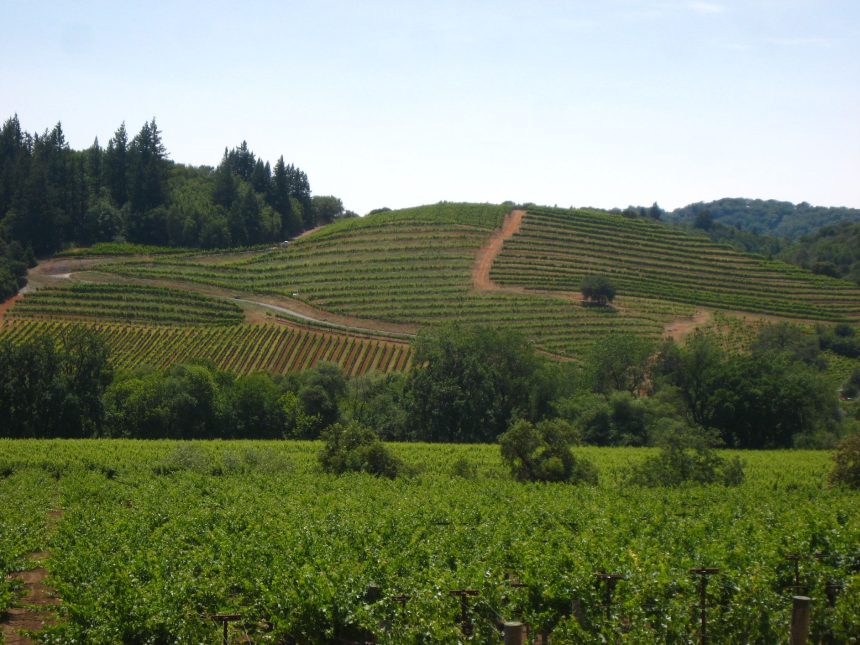China’s wine story is a fascinating mix of ancient roots, modern ambition, geography, and lifestyle change. While traditionally known for other alcoholic drinks like huangjiu (yellow wine) and baijiu, the grape wine industry has become increasingly prominent, both domestically and on the world stage.
Ancient Vine Roots, Modern Vines
- Evidence suggests that fermented beverages made from grapes existed in China as far back as 7,000 BC; early wines were part of China’s broad ancient tradition of fermenting cereals, fruits, and honey. Википедия+1
- But large-scale, modern winemaking only really took shape in the late 19th to 20th centuries. The first modern winery, Changyu Pioneer Wine, was founded in 1892 in Shandong province.
Regions & Terroir: Where China’s Vines Grow Best
China is vast, and its wine regions are very different from one another. Terroir, climate, elevation, rainfall, soil types—all play big roles. Here are a few standout regions:
| Region | Key Features | Strengths / Unique Aspects |
|---|---|---|
| Ningxia | Arid to semi-arid, high elevation, cold winters; vineyards often between foothills of the Helan Mountains. | Known for quality reds, especially varieties like Cabernet Sauvignon, Merlot; has won international awards; also sees strong investment. |
| Shandong (Yantai, Penglai, Qingdao) | Maritime influences on the peninsula, somewhat milder (but still continental monsoon climate with its own challenges like humidity). | The largest wine-producing region by volume: Shandong has over 140 wineries, which produce ~40% of China’s wine. |
| Hebei, Xinjiang, and Yunnan | Very different climates—Xinjiang is very dry with hot summers, Yunnan has high altitudes. Hebei has cooler winters. | Experimentation: Yunnan especially is emerging for high-altitude wines; Xinjiang has strong sun exposure; Hebei close to major cities like Beijing helps for domestic markets. |
Consumer Trends & Market Shifts
- Chinese wine consumption rose rapidly through the 2000s and early 2010s, driven by growing middle and upper classes, aspirational culture, and associations of wine with prestige.
- In more recent years, however, there have been shifts. Consumption has declined in some metrics (volume, imports), particularly after COVID disruptions, tariff changes, and changing consumer behavior.
- Despite these challenges, there is a distinct move towards premiumization: consumers are more interested in higher-quality wines, unique flavour profiles, and domestic brands that offer good value.
- Novel styles are gaining attention: natural wines, orange wines, local grape varieties, and wines with distinctive provenance (for example, wines from less-known regions or high altitude zones).
Challenges on the Vine
Winemaking in China is not without its difficulties. Some of the biggest hurdles include:
- Climate & Winter Cold: In many northern regions, winter temperatures drop so low that vines must be buried for protection. Frost, extreme cold, and sometimes too much rain (humidity) are real risks.
- Soil & Terroir Variation: Some regions are still learning how best to adapt grape varieties to local soils, microclimates, and seasons. Not all foreign grape varieties translate perfectly.
- Transport & Infrastructure: Remote vineyards may struggle with logistics—irrigation, road access, vineyard management, winery facilities.
- Regulations, Tariffs & Trade: Import/export rules, taxes, internal regulation, and competition from imported wines all affect domestic producers. For example, punitive tariffs (e.g. on Australian wine) have altered import patterns.
- Perception & Education: Consumers in China who are relatively new to wine culture may still have limited knowledge of wine types, aging, vintages. Competing with established wine-producing countries means Chinese wines need both high quality and good branding.
Success Stories & What Works
- Ningxia is often presented as China’s wine region with international credibility. Wineries there have won awards and made wines that compete in blind tastings with European wines.
- Regions like Shandong have scale, long histories, and good infrastructure. Producers there benefit from proximity to coastal transport, major domestic markets, and a climate that, while challenging, is manageable.
- Emerging high altitude regions like parts of Yunnan are getting recognition for their unique terroir and growing quality.
The Future: Where the Grape is Growing
Looking ahead, here are the key trends and potentials for Chinese winemaking:
- Focus on Quality Over Quantity
As the domestic market matures, success is likely to come from wineries that can produce consistent quality, manage vineyards carefully (irrigation, frost protection, pest management), and tell a strong provenance story. - Innovation & Experimentation
Using local grape varieties, experimenting with organic or biodynamic methods, embracing less common wine styles (orange, natural), and using altitude or microclimate as a selling point. - Sustainability & Climate Adaptation
Addressing water scarcity, soil erosion, winter protection, and long-term climate shifts will be crucial. Some vineyards are investing in modern technology or vineyard management to adapt. - Tourism & Wine Culture Growth
Wine tourism—visiting vineyards, tasting, learning—is growing. As more people travel domestically for leisure, wineries that offer experiences may gain an edge. Consumer education (in restaurants, wine clubs, media) will also drive demand. - Global Connections & Partnerships
Partnerships with foreign wine producers, joint ventures, importing techniques, and learning from international wine science. Also, foreign investment in Chinese wineries (or Chinese partnerships overseas) may continue growing. - Digital Sales & Branding
E-commerce, livestream sales, online reviews, social-media storytelling will continue to shape consumer preferences. Branding that emphasizes “China origin,” terroir, and authenticity will matter more.
Bottom Line
China’s winemaking journey is still unfolding. It’s neither perfect nor uniform — some regions excel while others are still finding their footing. But the trajectory is clear: from novelty to serious contender. With investment, innovation, and a growing consumer base that cares about quality, Chinese wines are increasingly part of global wine conversations.










